Filter by
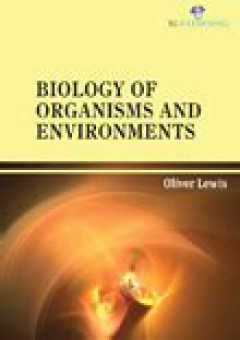
Biology of organisms and environments
- الإصدارة
- -
- ردمك/ردمد
- 978-1-98469-580-2
- التوريق
- 305p.
- عنوان السلسلة
- -
- رقم الطلب
- 577-2/007
- الإصدارة
- -
- ردمك/ردمد
- 978-1-98469-580-2
- التوريق
- 305p.
- عنوان السلسلة
- -
- رقم الطلب
- 577-2/007

Conservation biology: foundations, concepts, applications
This book provides a thorough, up-to-date examination of conservation biology and the many supporting disciplines that comprise conservation science. In this, the Third Edition of the highly successful Conservation Biology: Foundations, Concepts, Applications, the authors address their interdisciplinary topic as it must now be practiced and perceived in the modern world. Beginning with a con…
- الإصدارة
- -
- ردمك/ردمد
- 978-1-68251-987-5
- التوريق
- 272p.
- عنوان السلسلة
- -
- رقم الطلب
- 577-2/006
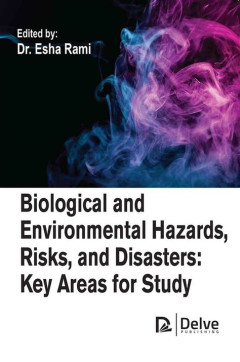
Biological and Environmental Hazards, Risks, and disasters: key areas for study
Biological and Environmental Hazards, Risks, and Disasters are critical areas of study that encompass a wide range of threats to both the natural world and human populations. This multidisciplinary field explores the interactions between living organisms and the environment, as well as the potential consequences of these interactions. “Biological And Environmental Hazards, Risks, And Disaster…
- الإصدارة
- -
- ردمك/ردمد
- 978-1-77469-872-3
- التوريق
- 247p.
- عنوان السلسلة
- -
- رقم الطلب
- 577-2/005
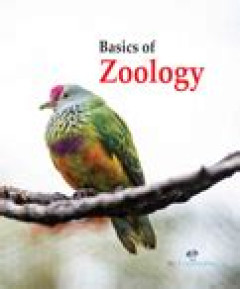
Basics of Zoology
- الإصدارة
- -
- ردمك/ردمد
- 978-1-98468-574-2
- التوريق
- 191p.
- عنوان السلسلة
- -
- رقم الطلب
- 595-2/001
- الإصدارة
- -
- ردمك/ردمد
- 978-1-98468-574-2
- التوريق
- 191p.
- عنوان السلسلة
- -
- رقم الطلب
- 595-2/001
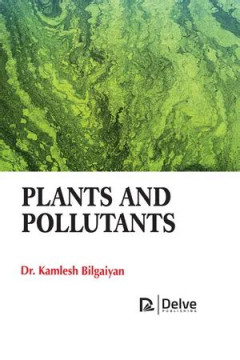
Plants and Pollutants
Plants interact with pollutants in complex ways, serving both as indicators of environmental health and as tools for remediation. This book explores how plants respond to and mitigate pollutants, including heavy metals, air pollutants, and pesticides. It examines mechanisms of phytoremediation and their applications in restoring ecosystems, illustrating the potential and limitations of using pl…
- الإصدارة
- -
- ردمك/ردمد
- 978-1-77956-474-0
- التوريق
- 202p.
- عنوان السلسلة
- -
- رقم الطلب
- 580-2/002
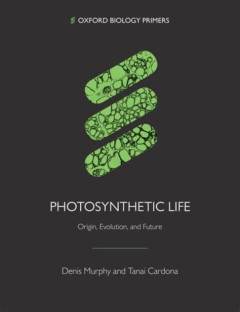
Photosynthetic life: origin, evolution, and future
- الإصدارة
- -
- ردمك/ردمد
- 978-0-19-881572-3
- التوريق
- 204p.
- عنوان السلسلة
- -
- رقم الطلب
- 580-2/001
- الإصدارة
- -
- ردمك/ردمد
- 978-0-19-881572-3
- التوريق
- 204p.
- عنوان السلسلة
- -
- رقم الطلب
- 580-2/001
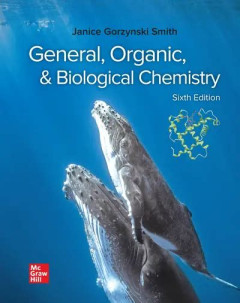
General Organic & Biological Chemistry
This text is different--by design. By relating fundamental concepts of general, organic, and biological chemistry to the everyday world, Jan Smith effectively engages students with bulleted lists, extensive illustrations, and step-by-step problem solving. Smith writes with an approach that delivers need-to-know information in a succinct style for today’s students. Armed with an excellent illu…
- الإصدارة
- -
- ردمك/ردمد
- 978-1-266-83861-3
- التوريق
- 946p.
- عنوان السلسلة
- -
- رقم الطلب
- 572-2/007
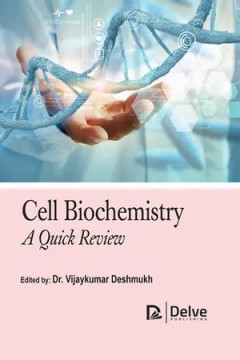
Cell biochemistry: A quick review
"Cell Biochemistry" explores the intricate biochemical processes that underpin cellular functions. This comprehensive text delves into the molecular foundations of cell structure, metabolism, and signaling pathways. It covers essential topics such as enzyme kinetics, membrane dynamics, and energy production, emphasizing the interplay between biochemical reactions and cellular physiology. By int…
- الإصدارة
- -
- ردمك/ردمد
- 978-1-77956-362-0
- التوريق
- 216P.
- عنوان السلسلة
- -
- رقم الطلب
- 572-2/006
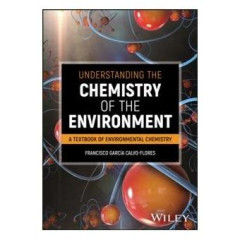
Understanding the chemistry of the Environment
- الإصدارة
- -
- ردمك/ردمد
- 978-1-119-56863
- التوريق
- 453p.
- عنوان السلسلة
- -
- رقم الطلب
- 572-2/005
- الإصدارة
- -
- ردمك/ردمد
- 978-1-119-56863
- التوريق
- 453p.
- عنوان السلسلة
- -
- رقم الطلب
- 572-2/005

Introduction to chemistry
- الإصدارة
- -
- ردمك/ردمد
- 978-1-266-87827-5
- التوريق
- 745p.
- عنوان السلسلة
- -
- رقم الطلب
- 572-2/004
- الإصدارة
- -
- ردمك/ردمد
- 978-1-266-87827-5
- التوريق
- 745p.
- عنوان السلسلة
- -
- رقم الطلب
- 572-2/004
 Computer Science, Information & General Works
Computer Science, Information & General Works  Philosophy & Psychology
Philosophy & Psychology  Religion
Religion  Social Sciences
Social Sciences  اللغة
اللغة  Pure Science
Pure Science  Applied Sciences
Applied Sciences  Art & Recreation
Art & Recreation  Literature
Literature  History & Geography
History & Geography